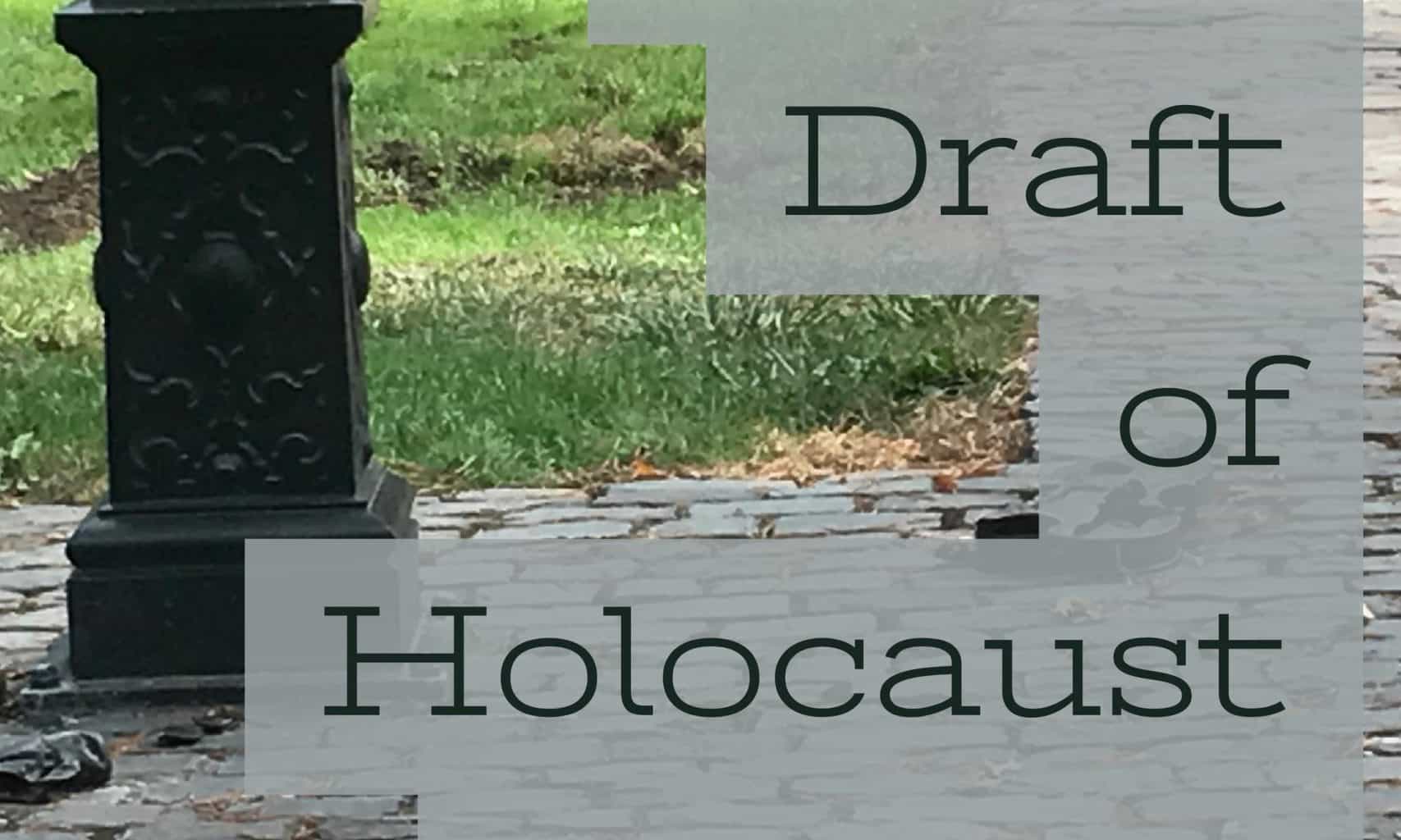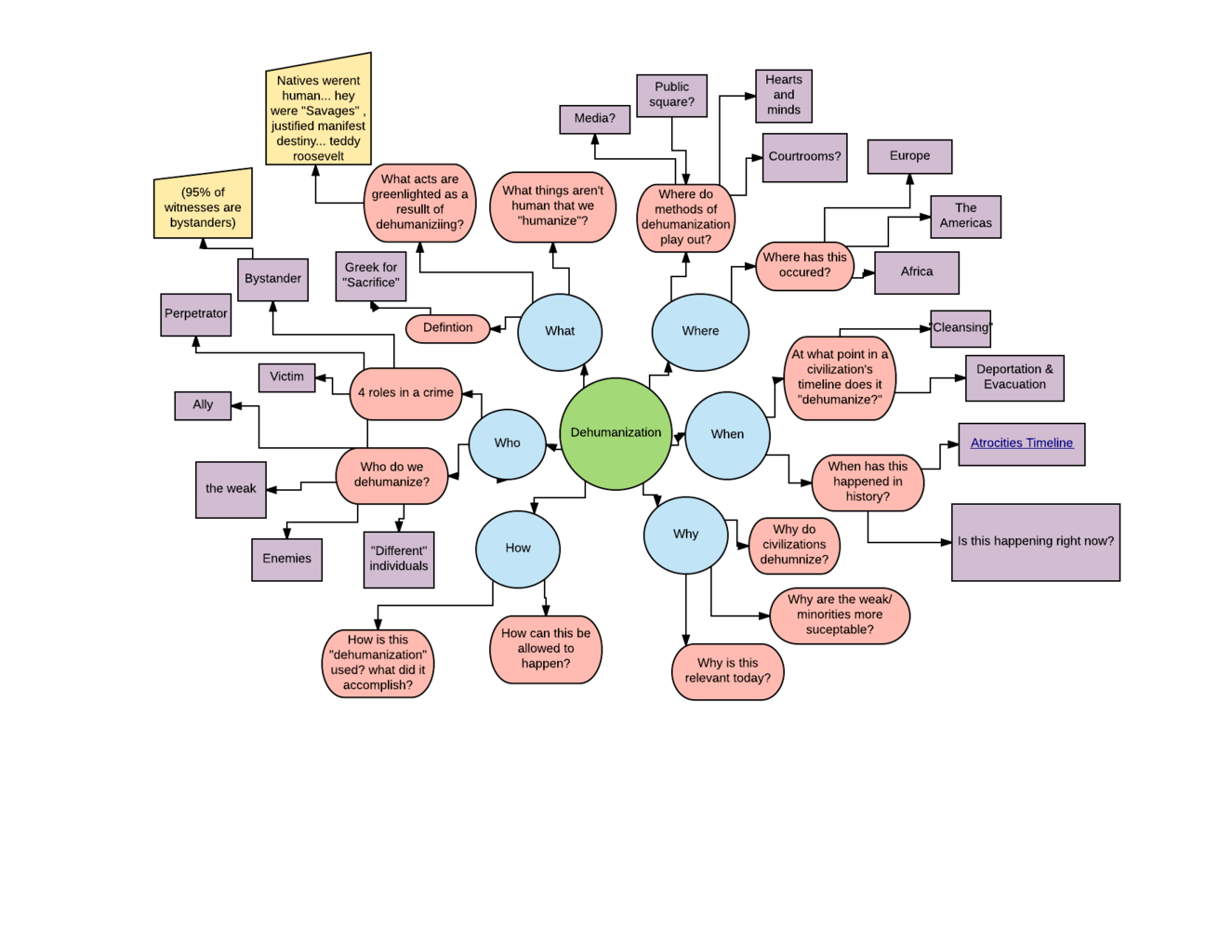Unit Goal:
This unit provides a chronological framework for students to envision their current knowledge of westward expansion in a chronological framework, while also introducing additional declarative knowledge of the people, organizations, locations, and specific events that serve as markers for this unit. Students are also presented with primary source material that exhibit conflicting perspectives. Students are asked to incorporate sourcing, contextualization, close reading, and corroboration of primary source materials to demonstrate procedural knowledge and critical thinking skills.
Central focus of the the Unit: (I noticed most successful EDTPA examples use essential questions as the central focus)
The central focus of this learning segment is to answer the essential question: In what ways can change/progress/growth be both positive and negative?
Central focus of the learning segment: (I noticed most successful EDTPA examples use essential questions as the central focus)
The central focus of this learning segment is to answer the essential question: Does the United States government’s interaction with indigenous peoples (past and present) reflect an ethical and moral identity synonymous with justice, democracy, and benevolence?
Warmup:
Considering what we’ve learned about how the US Government has native tribes up to this point in history (1870) What do you think the US Government’s next approach was to their, “Indian Problem”?
Direct Instruction:
Nez Perce War—–> Wounded Knee
Historical Thinking:
Chief Joseph’s Surrender and proposal to treat his people as americans
VS Luther Standing Bear’s retelling of negative experiences at an Indian Boarding School
Wrap-Up:
Students use this time to ask instructor to assist them in completing the study guide. This is due next class, will be HW if not finished.
Chief Joseph’s Assorted Speeches
Sourcing:
- Who wrote this?
- When was this written?
- What is the writer’s perspective?
Context:
- What was going on during this time period?
- What was different about this time period in comparison to 2017?
- What possible biases might have affected this text?
Close reading:
- What language (words, symbols, colors ETC) does the writer use?
Luther Standing Bear On Carlisle School
Sourcing:
- Who wrote this?
- When was this written?
- What is the writer’s perspective?
Context:
- What was going on during this time period?
- What was different about this time period in comparison to 2017?
- What possible biases might have affected this text?
Close reading:
- What language (words, symbols, colors ETC) does the writer use?
Corroborate:
- Do all three sources have the same opinion regarding the west/ people who already lived there?
- Which piece do you find for informative/ reliable?
- If you were asked to retrieve another source to further inform youself, what might you use?
*Featured image created on Adobe Spark






